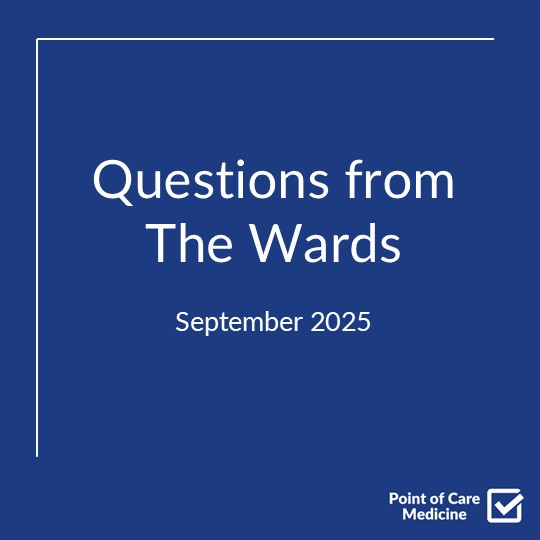Vignette:
A 81-year-old woman with a history of paroxysmal atrial fibrillation presents to the emergency department with acute onset dyspnea. She has been off anticoagulation for the past month due to a recent fall with minor head trauma (negative head CT at the time). Her medical history includes chronic kidney disease (CrCl 35 mL/min), hypertension, and recurrent falls due to peripheral neuropathy. Current medications include metoprolol and gabapentin. CT pulmonary angiogram confirms bilateral subsegmental pulmonary emboli without evidence of right heart strain. Vital signs show: BP 132/78 mmHg, HR 82/min, RR 20/min, O2 saturation 94% on room air. Laboratory studies reveal: Hgb 11.2 g/dL, platelets 165,000/µL, INR 1.1, creatinine 1.6 mg/dL (stable), albumin 3.1 g/dL. She weighs 52 kg. Her simplified Pulmonary Embolism Severity Index (sPESI) score is 1 (age >80).
Question:
Which of the following is the most appropriate anticoagulation strategy for this patient?
A) apixaban 10 mg BID for 7 days, then 5 mg BID
B) apixaban 5 mg BID for 7 days, then 2.5 mg BID
C) Warfarin with LMWH bridge
D) Prophylactic-dose LMWH only
E) rivaroxaban 15 mg BID for 21 days, then 20 mg daily
Audio
Video
Correct Answer:
B) apixaban 5 mg BID for 7 days, then 2.5 mg BID
Explanation of Correct Answer:
This patient requires careful anticoagulation strategy because she has:
- Age >80 years
- Low body weight (<60 kg)
- Moderate renal impairment
- History of falls
- Need for both PE treatment and AF prevention
Reduced-dose apixaban is optimal because:
- Meets two criteria for dose reduction (≥2 of: age ≥80, weight ≤60 kg, or Cr ≥1.5 mg/dL)
- Has better bleeding risk profile compared to other anticoagulants
- Provides coverage for both PE and AF
- No need for monitoring despite renal impairment
- More stable pharmacokinetics compared to warfarin
Explanation of Incorrect Answers:
A) Standard-dose apixaban - Full dosing would create excessive bleeding risk given her age, weight, and renal function.
C) Warfarin with LMWH bridge - Higher bleeding risk and more complex monitoring than necessary; would complicate management in a fall-risk patient.
D) Prophylactic-dose LMWH only - Inadequate for both PE treatment and AF stroke prevention.
E) Standard-dose rivaroxaban - Once-daily dosing might be appealing, but rivaroxaban is more dependent on renal function than apixaban and has higher bleeding risk.
Alternative Scenarios:
- If CrCl was <25 mL/min, warfarin may be preferred
- If patient weight was >60 kg and normal renal function, standard-dose apixaban would be appropriate
Additional Facts:
- Apixaban has the lowest bleeding risk among DOACs in elderly patients
- Reduced-dose criteria for apixaban: ≥2 of age ≥80, weight ≤60 kg, or Cr ≥1.5 mg/dL
- Subsegmental PE still requires therapeutic anticoagulation in most cases
- DOACs are preferred over warfarin in elderly patients with normal to moderately impaired renal function
- Fall risk alone is not a contraindication to anticoagulation
Main Takeaway:
Reduced-dose apixaban provides optimal anticoagulation in elderly, low-weight patients with moderate renal impairment who need treatment for both PE and AF, balancing efficacy with bleeding risk.






.png)
